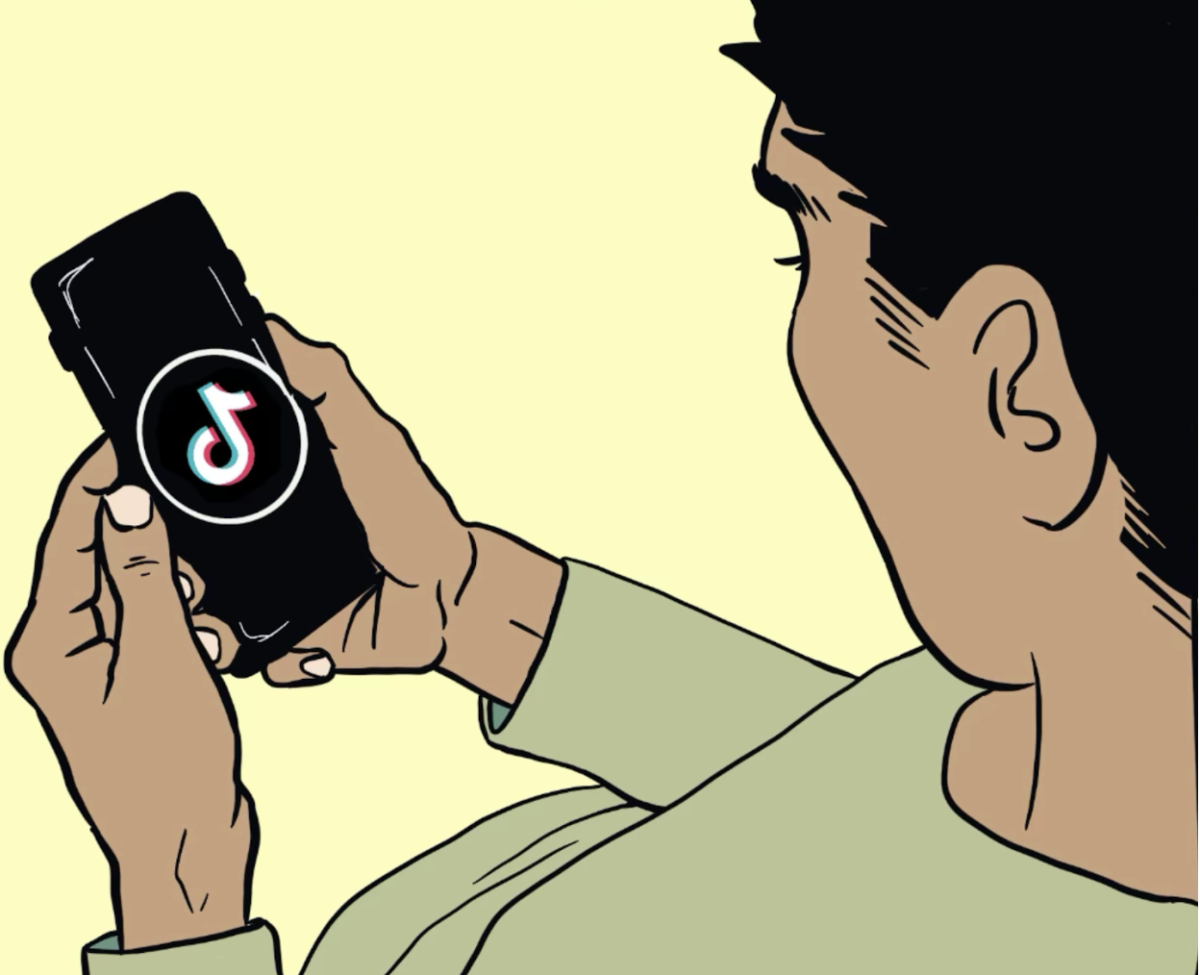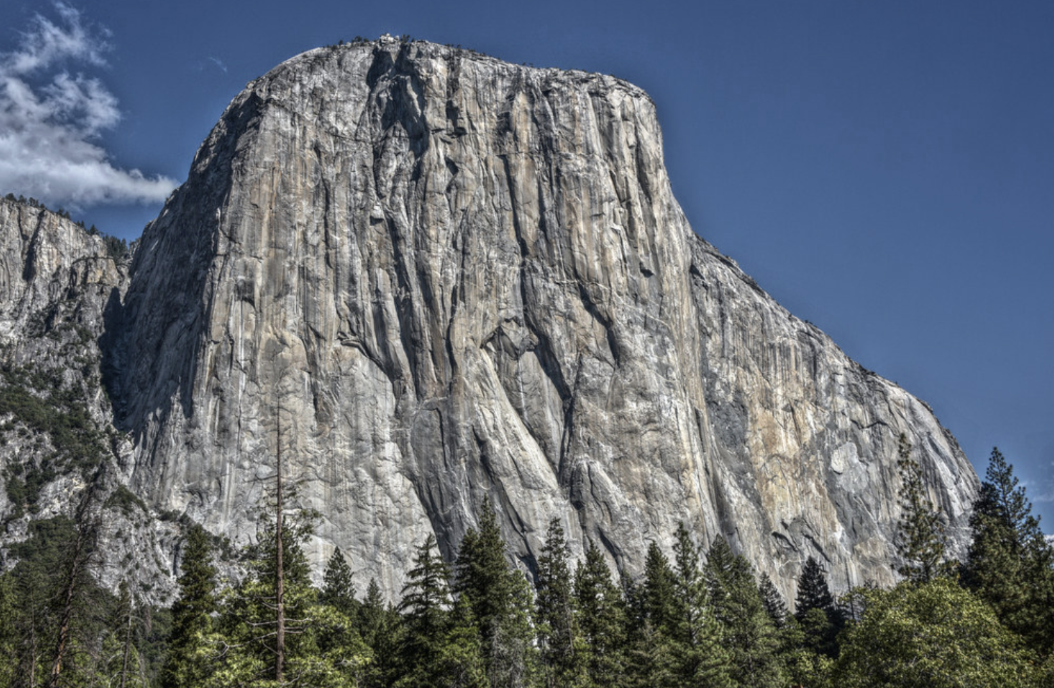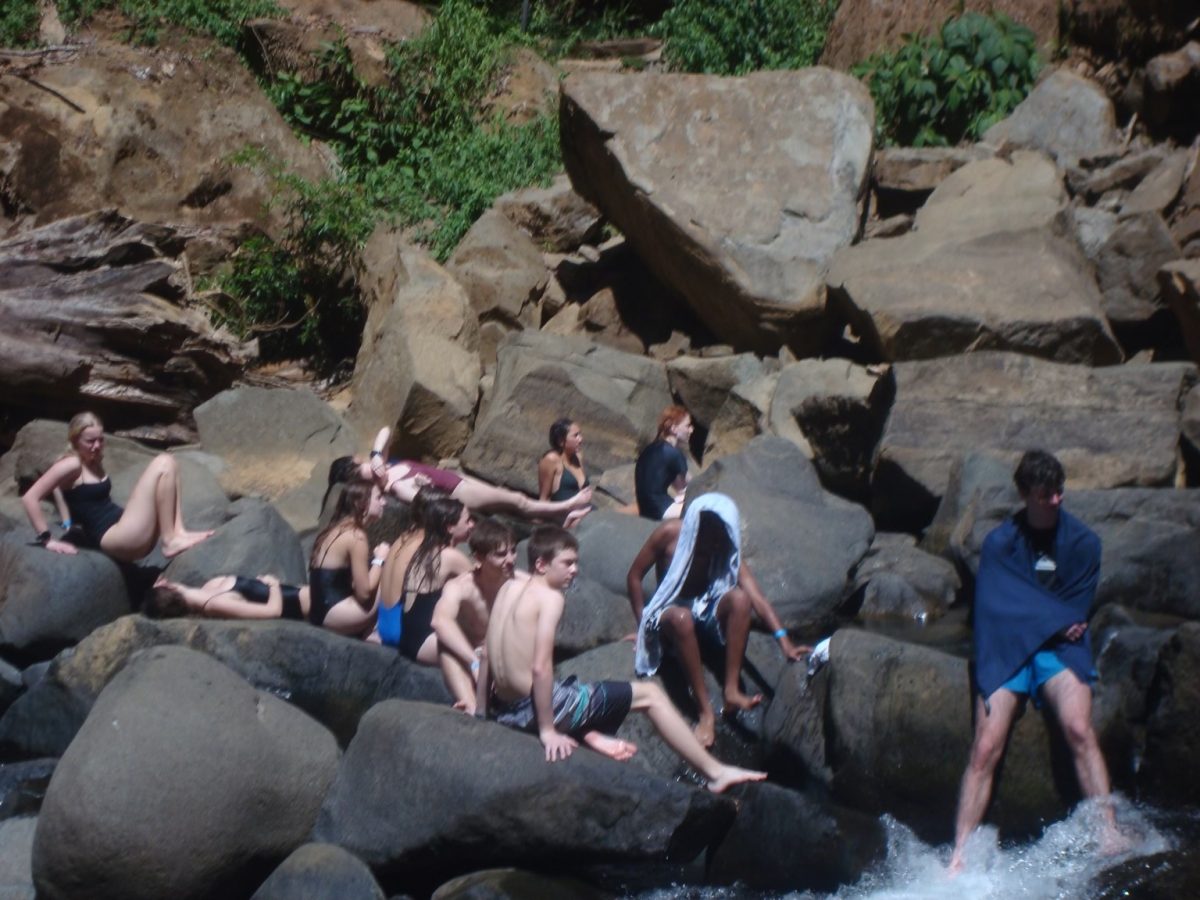Staff Editorial
Hundreds of homes behind Ocean Beach sitting at sea level mark the beginning of the Sunset district, yet the majority of San Franciscans have no idea what they would do if a tsunami were headed towards the city.
Aside from the practice natural disaster siren that sounds everyday Tuesday at noon, there are few citywide disaster response plans in place to protect residents.
After the devastating 8.9 earthquake hit Japan, tsunami warnings were announced for coastal Northern California. Waves hit the docks in Santa Cruz and caused destruction along its shoreline while San Francisco remained unaffected, seeing only a few larger waves.
San Franciscans who call the Sunset neighborhood home are vulnerable to what could potentially be a much larger natural disaster — many of who are oblivious to the lack of a definite safety or evacuation plan.
The Department of Emergency Management provides an official document to the public that details the current tsunami response plans that are in place, however the phrasing is difficult to understand and hardly helps the average person in formulating an emergency plan.
The plan relies primarily on local police to help those threatened by a tsunami evacuate and move to safety.
A tsunami can arrive in as little as 10-15 minutes from when the wave begins to form, so awaiting police assistance is hardly a viable option for the thousands of people living in vulnerable areas. Japan has one of the most advanced natural disaster response plans in the world, yet it was still inadequate to protect the people and homes flattened by the powerful tsunami. If even the most prepared countries are unable to withstand a tsunami, San Francisco cannot expect to protect its citizens with a weak plan and lack of resources.
San Francisco should take these recent natural disasters as a warning to vamp up the quality and availability of its tsunami recovery plan. Bringing evacuation and safety information into schools and businesses around the city would make the alarm that people hear every week more than just an annoying sound.
The information is there, it’s just poorly communicated to the residents who will needing it. Sharing response plans in a more comprehensive way would ensure more residents that the city is prepared to act in the event of a tsunami.
While a response plan can’t stop the destruction, it can minimize the damage and ensure the safety of San Franciscans.
The city cannot continue to just “hope” that nothing bad will happen. It is time to actually be prepared for an emergency.Hundreds of homes behind Ocean Beach sitting at sea level mark the beginning of the Sunset district, yet the majority of San Franciscans have no idea what they would do if a tsunami were headed towards the city.







